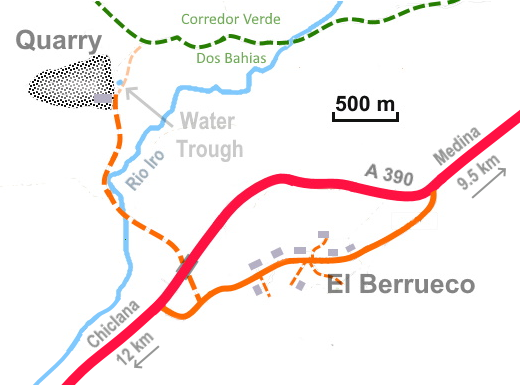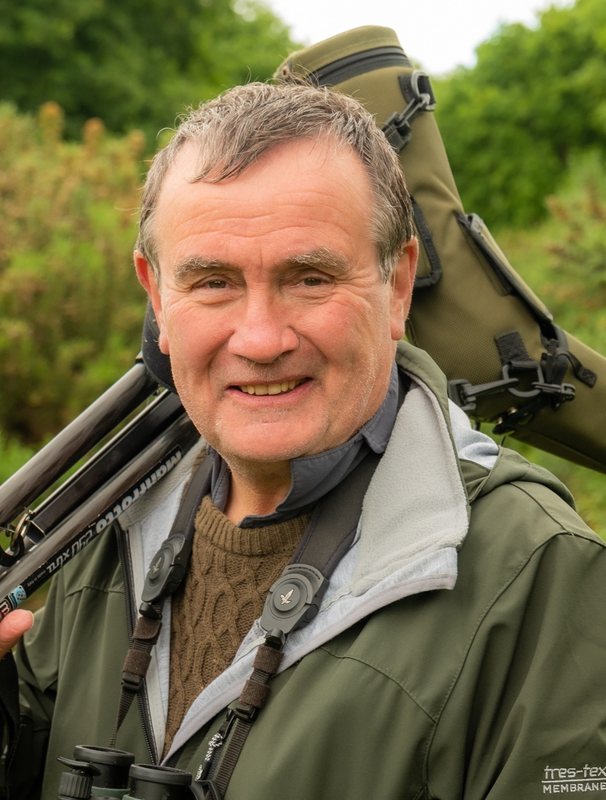
However, this post isn't about a coastal site or an isolated patch of flycatcher-friendly woodland but a small arid site surrounded by poor cistus scrub not too far from the centre of the province near Medina de Sidonia, El Berrueco. So what has this site got going for it? The optimistically named Rio Iro does provide a narrow thread of better vegetation but after a long hot dry spring and summer (as was the case in 2021) is reduced to a series of disconnected puddles. However, what it does have is an old quarry in the middle of which is an overflowing water trough that feeds several larger puddles nearby. Looking at noticeboards informing visitors about this quarry it seems this trough has been leaking for several years! Here I had good views of Common Redstart, Pied and Spotted Flycatchers, Goldfinches, Serins, Linnets and Ortolan Bunting. Other observers here have seen Blue and Common Rock-thrushes, Cirl Bunting and various warblers here (see https://ebird.org/hotspot/L13469116 ). . A more patient observer here armed with a decent camera and lens would be in a good position to take some decent photos of the birds.
The two morals of this post are a) remember to check eBird for details of target birds and b) in drought conditions even the most unpromising sites can attract birds if there's a good source of water.

 RSS Feed
RSS Feed
